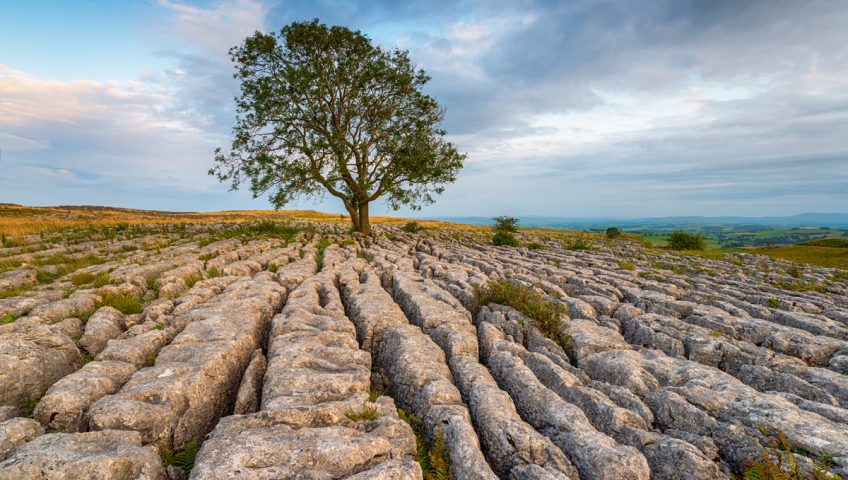With more than 65 known species in the state, it’s safe to say Ash Trees thrive in the Arizona climate. However, there are a few problems and diseases that can harm these trees.
Types Of Arizona Ash Trees
The following is a list of some of the most common varieties of ash trees found in Arizona:
- Chichuahua ash – Fraxinus papillosa
- Goodding ash – Fraxinus gooddingii
- Fragrant ash – Fraxinus cuspidate
- Singleleaf ash – Fraxinus anomala
- Littleleaf ash – Fraxinus greggii
- Arizona ash – Fraxinus vulutina (also referred to as ‘modesto ash’ and ‘velvet ash’.
- Shamel ash – Fraxinus uhdei (also referred to as ‘tropical ash’)
- Fantex ash – Fraxinus velutina (also referred to as ‘Rio Grande ash’)
- Green ash – Fraxinus pennsylvanica (also referred to as ‘water ash’ or ‘swamp ash’)
- Raywood ash – Fraxinus oxycarpa
There are various positive features about the Arizona ash tree, but all things have a downside. The ash tree was labeled by Horticulturist Calvin R. Finch, Ph.D. as being ‘trash trees’ due to them being partly messy and only having a lifespan up to 30 years.
Ash Tree Characteristics
The Arizona ash tree sheds leaves after the growing season is over, making them deciduous. Of course, many tree varieties are considered to be a messy tree, but the positive side is that the majority of ash trees only shed leaves for a couple weeks. Additionally, the majority of ash tree varieties will produce seedlings one time per year (in large amounts), or throughout the year. This all depends on the gender of the tree, and which species it is. When it comes to having an ash tree, and you want your landscape looking clean you will need to rake on occasion.
Most ash trees grow very quickly, which is great for adding shade. However, this also has its downsides. The quicker trees grow, the more likely they are to have surface roots. Ash tree roots commonly grow near the surface anyway, but are more tolerant against rocky soil and alkaline. Watson and Gilman described green ash trees in a Fact Sheet, reporting the surface roots may “lift sidewalks, curbs, and be a nuisance when mowing”. Meanwhile, Finch quickly indicated the quick growth creates another downside, common with ash trees, “Unless they are pruned regularly, they can quickly grow into a tangled mess causing branch dieback.” You should prepare to have ash trees trimmed every few years, which promotes healthy canopy and branch structure growth.
If ash trees are not trimmed, it can lead to branches being weak and breaking when multiple trunks gather too close. This creates a hazard from structural failure. The best approach is to establish a single ‘central trunk’ during the tree’s youth. Depending on the variety of ash tree, they can range from 40ft to 50ft when mature, with some reaching over 80ft high. All ash trees will provide a round, full canopy with great shade.
Ash Tree Diseases
Similar to other plants, Arizona ash trees are also vulnerable to different types of disease and pests. These include different fungal infections, mildews, rust disease, leaf scorch, and many types of pests from carpenter worms and webworms to mites and borers. The Verticillium wilt is especially harmful as it is soil-borne fungus. There are regions around the country, especially in the Midwest, where thousands of ash trees have been killed off by emerald ash borer’s. However, Arizona ash trees have been lucky enough to evade this issue, so far.
You can learn more regarding the emerald ash borer at Emerald Ash Borer. When trees have poor environmental conditions, it increases their vulnerability to these type of issues, making it important to maintain the tree’s defense with proper fertilizing and watering.
Ash Tree Maintenance
If well maintained, ash trees are beautiful and lush. However, when ash trees are not properly cared for they can become a nasty sight, and increases the risk of tree disease and pests. Although there are ash tree varieties which are rather resistant to drought, the majority of them will require regular watering. The best setting would be flood irrigation systems. Therefore, if your landscape is not irrigated, you should use a garden hose to mimic this, and do a deep watering one or twice monthly.
If you are located within Arizona and you desire to have a healthy and great looking ash tree in your yard, you should prepare yourself for the increased water bill each month. You’ll also want to remember to regularly fertilize the ash tree(s), placing mulch down will also help. By applying mulch, you will increase the quality of the soil, as the organic matter will break down over time. However, mulch also assists with retaining the moisture, meaning watering less often.
Although Arizona ash trees are not the simplest tree varieties to care for, they can be well worth the extra work. When properly taken care of, ash trees will provide amazing shade, and enhance the overall landscape.
Liberty Tree Care Offers Tree Services in Scottsdale, Mesa & Tempe
If you are searching for tree service in Scottsdale, Mesa or Tempe, Liberty Tree Experts can help! Get a free tree service quote by giving Liberty a call today at 480-482-9374.

